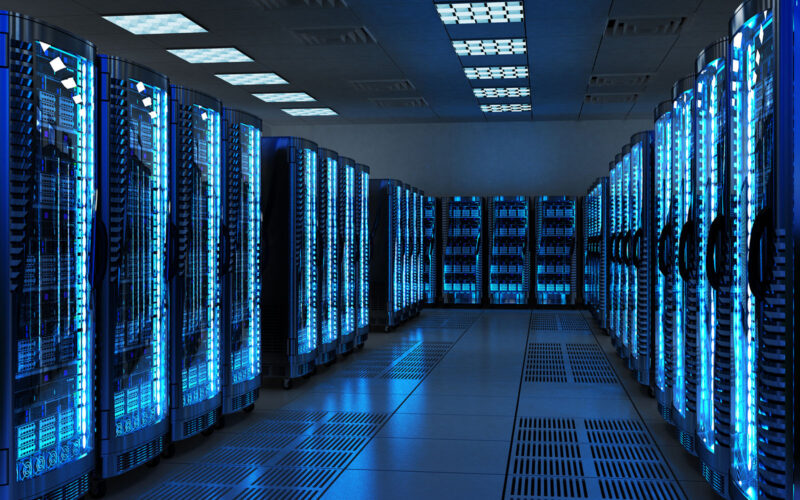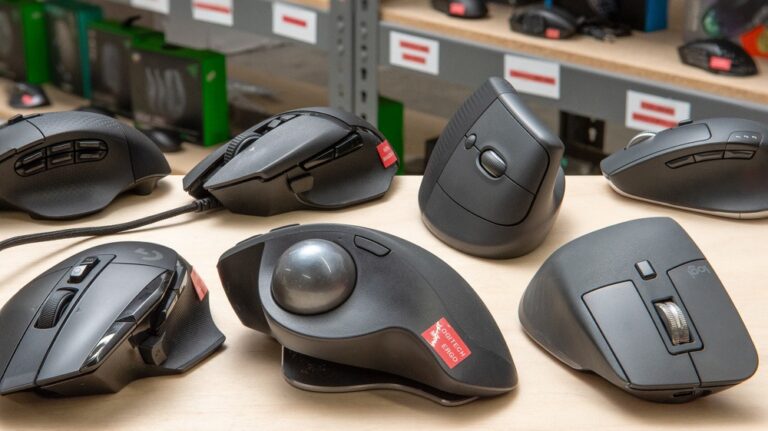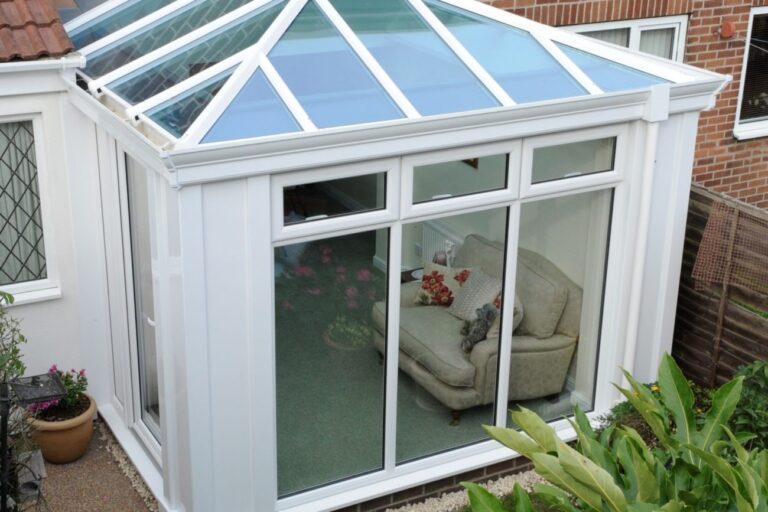Data centers prioritize security measures to protect against data breaches. Companies maintaining their own server rooms may find the level of security in colocation facilities surprising. These facilities take extensive precautions to safeguard their customers’ IT assets.
The security of a data center starts from the outside and works inward, focusing on the server room, the heart of any data center. Security breaches can cause severe damage, potentially ruining businesses.
What is a Server Room?
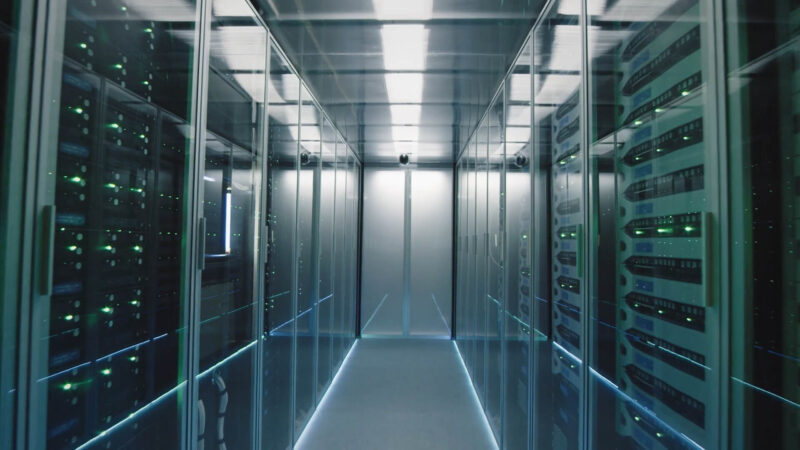
A server room stores all computing equipment and connects it to the building’s power, cooling, and cabling infrastructure. The size of a server room varies, with typical data centers housing ten to several hundred servers.
Hyperscale facilities can host several thousand servers. Large enterprises might have multiple server rooms. Data center technicians handle physical cabling and installation, but servers are usually accessed through an administrator system outside the server room.
Infrastructure in a Server Room
Server rooms contain critical infrastructure supporting network systems. This includes environmental controls, fire suppression systems by Crimson Fire Protection, cable management solutions, power system redundancies, and airflow planning.
Raised floors improve cooling and cable management. Server racks hold hardware like servers and storage devices. These racks are in cabinets with power circuits, cabling solutions, and security measures like biometric locks. Routers, switches, and other network equipment manage data traffic.
Maintaining a Server Room
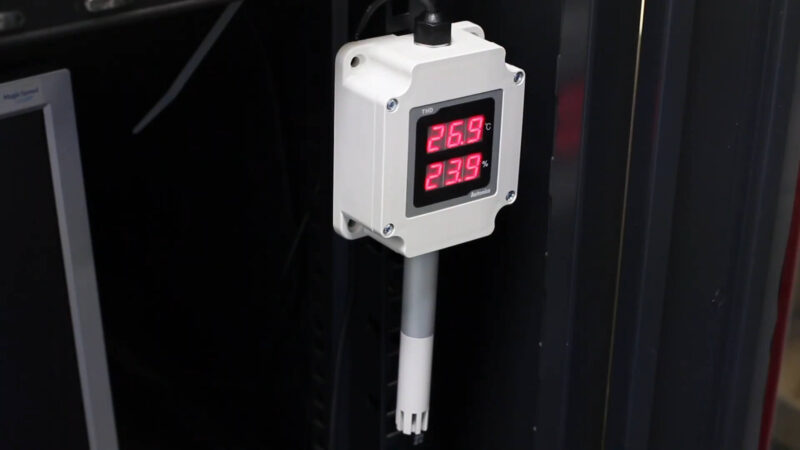
Servers need careful monitoring of temperature and humidity. Many data centers use AI programs for cooling. Dust buildup can create static electricity and damage components. It also restricts airflow, increasing heat and straining cooling systems. Keeping airways clean is crucial.
Securing the Server Room
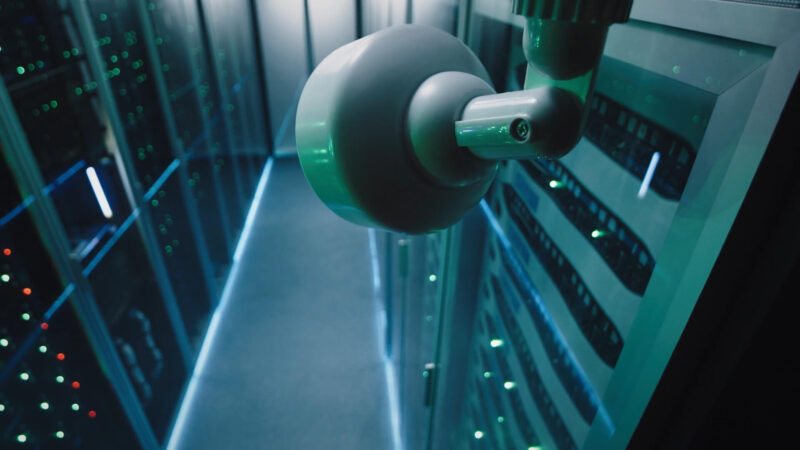
Mapping vulnerabilities is the first step. Understanding the physical layout helps identify weak points. Install locking devices and access controls on every entry point. Use multifactor authentication, including biometric scanning.
Security cameras should monitor all activity. Motion sensors and vibration sensors can trigger alarms for unauthorized access. Door contact sensors alert when doors open without authorization.
Secure cabinet racks add an extra layer of protection. Lock the front and back doors, requiring multiple forms of validation. Some facilities use biometric scanners at the rack level. Software tied to security systems generates alerts, sounds alarms, and analyzes data. This helps data centers monitor activity and improve security protocols.
Detailed Look at Security Measures
Data centers must ensure the physical and digital security of their server rooms. Here are some additional measures to consider:
Environmental Control
Maintaining optimal environmental conditions is vital. AI-driven cooling systems adapt to changes in temperature and humidity. These systems help reduce energy consumption and improve efficiency.
Server rooms must be kept at a consistent temperature to prevent overheating, which can damage equipment. The ideal temperature range for a server room is typically between 64 and 81 degrees Fahrenheit. Humidity levels should also be controlled to prevent static electricity buildup, which can damage sensitive components.
Fire Suppression Systems
Advanced fire suppression systems detect and extinguish fires quickly. These systems use inert gases or clean agents to avoid damaging equipment. Traditional water-based fire suppression systems are not suitable for server rooms due to the risk of water damage to electronic equipment.
Instead, server rooms use systems that release gases like FM-200 or Novec 1230, which extinguish fires without leaving residue.
Power System Redundancies
Uninterruptible power supplies (UPS) and backup generators ensure continuous power. These redundancies prevent data loss during power outages. A UPS provides immediate backup power from batteries in the event of a power failure, while generators can supply power for longer durations.
Power redundancies are critical because even a brief power interruption can cause data corruption and hardware damage.
Cable Management Solutions
Organized cabling reduces the risk of damage and makes maintenance easier. Color-coded cables and labeled connections help technicians identify and manage connections. Proper cable management also improves airflow, which is essential for cooling.
Inadequate cooling can lead to overheating and equipment failure. Using cable trays and routing cables under raised floors are common practices in server rooms.
Physical Security Measures
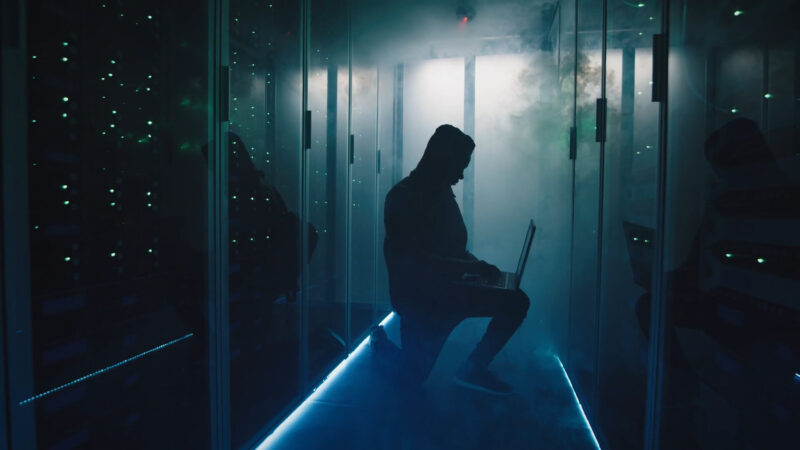
Mapping Vulnerabilities
Mapping out the physical layout of a server room helps identify potential vulnerabilities. This includes understanding the placement of server racks, cooling units, and other equipment. A detailed map helps in placing cameras and sensors effectively to cover all areas.
It also assists in identifying critical infrastructure points, such as power supplies and network connections, which need additional protection.
Locking Doors and Access Control
Installing locking devices and access controls on every entry point is crucial. Multi-factor authentication, including biometric scanning, enhances security. Biometric methods like fingerprint scanning and facial recognition are difficult to forge, providing a high level of security.
Access control systems should log entry and exit times, creating an audit trail for security purposes.
Security Cameras
Security cameras should cover all areas of the server room. Modern cameras can be integrated with motion detectors and other sensors to record only when activity is detected, saving storage space. High-definition cameras provide clear images, which are essential for identifying unauthorized personnel.
Security personnel should monitor camera feeds in real-time and review archived footage regularly.
Motion Sensors and Other Detectors
Motion sensors and vibration detectors trigger alarms when unauthorized access occurs. These sensors can also help in analyzing activity patterns within the server room. For example, unexpected activity during off-hours can indicate a security breach.
Door contact sensors alert security personnel when doors are opened without authorization. These sensors can also track the number of times a door is accessed, providing valuable data for security analysis.
Digital Security Measures
Network Security
Network security measures are essential to protect data from cyber threats. Firewalls, intrusion detection systems (IDS), and regular security audits are critical components. Firewalls block unauthorized access, while IDS detect and respond to suspicious activity.
Encryption ensures that data is unreadable to unauthorized users. Secure access protocols, such as virtual private networks (VPNs) and multi-factor authentication, further protect data.
Monitoring and Alerts
Continuous monitoring of the server room and network provides real-time data on security status. Automated alert systems notify security personnel of any suspicious activity.
Monitoring software can analyze data from various sensors and devices, identifying patterns that may indicate security risks. For example, repeated failed login attempts can trigger an alert, prompting further investigation.
Security Policies
Implementing strict security policies and regularly training employees is crucial. Policies should cover all aspects of server room security, including physical access, network security, and incident response. Regularly updating these policies helps address new threats.
Employees should be trained on security protocols, recognizing potential threats, and responding to security incidents. Regular security drills can help ensure that employees are prepared for real-world scenarios.
Conclusion
Data centers prioritize server room security to protect against data breaches. Maintaining and securing server rooms involves monitoring environmental conditions, using advanced fire suppression systems, and implementing robust power redundancies.
Physical security measures, combined with digital protections, create a comprehensive security strategy. Data centers must continuously assess and improve their security protocols to safeguard their customers’ valuable IT assets.
Related Posts:
- How to Style a Room with Red Brick Tile Flooring? 8…
- Data Center Server Racks and Cabinets: What You Need to Know
- Server Downtime: Common Causes and How to Prevent Them
- What is Network Redundancy and Why Does It Matter? Explained
- Importance of Legal Representation in Injury Cases
- The Importance of Hiring a Reputable Divorce Lawyer

